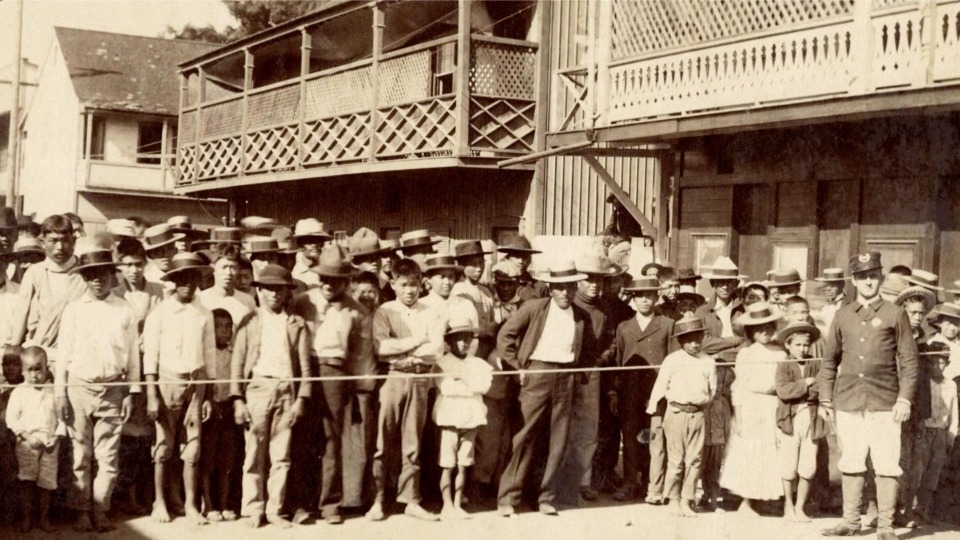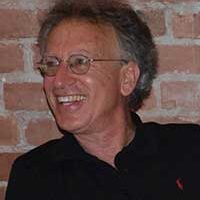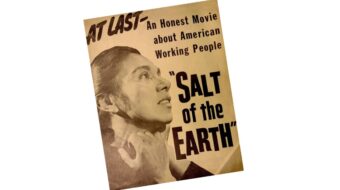
Fear and loathing. Rank ignorance. Greed and racism. Director Li-Shin Yu and writer Susan Kim’s new documentary film “Plague at the Golden Gate” is the all too familiar story of a brave public health officer fighting a strange, dangerous disease that threatens to wipe out large sections of the American population.
The rigorous expert must not only battle the unfamiliar disease, but fight a benighted citizenry that refuses to heed warnings and science because the contagion threatens their way of life, preconceived notions, livelihoods, and evil thoughts about other human beings.
Yu’s scientific moral tale might as well be the story of Dr. Anthony Fauci’s heroic struggle against COVID-19. Instead it is the battle that erupted when San Francisco confronted an outbreak of Bubonic Plague that menaced not only California, but threatened entry into all of the United States. Just as the willful, incompetent response of the Trump administration allowed the spread of COVID in 2020, Bubonic Plague stood knocking at the Golden Gate in 1900 trying to gain admission through the West Coast’s largest, busiest port.

In January 1900, crab fishers found two dead bodies floating in the San Francisco Bay. They were two stowaways from the Japanese steamship Nippon Maru, which had traveled through Hong Kong, Shanghai, and Honolulu on its route to California.
The third major worldwide plague epidemic had begun in China in 1855 and defused through Asia killing over 15 million people. This was the same plague that had during the Middle Ages killed one-third the population of Europe. Concerns about it reaching U.S. ports had been expressed. Little had been done, however, to protect against or treat it. Some of this was due to ignorance on how the disease spread.
The American lack of response was grounded in virulent anti-Asian racism. Whites in California, at the turn of the century, believed Chinese were more susceptible to plague because of their rice-based diet and the crowded, dirty, squalid living conditions in San Francisco’s Chinatown, where laws and prejudice had consigned the Chinese population.
In 1882, the U.S. government had even made it illegal for Chinese to immigrate into the country, believing that their labor threatened whites who were often unwilling to work as hard or for as small wages. In San Francisco, the local white population strongly believed in Asian racial inferiority.
The city’s chief public health officer, Dr. Joseph James Kinyoun, the father of the National Institutes of Health, recognized the threat immediately. But Kinyoun had to fight against officials such as San Francisco Mayor James Phelan and California Gov. Henry Gage, who argued against the type of controls which could stop the spread of the disease.
Along with the Merchants League and white supremacist groups, the politicians blocked public health measures. The governor actually denied there was a plague, claimed Dr. Kinyoun was injecting bacteria into cadavers to falsify evidence, and pushed a censorship bill to stop any public reports of infections. Mayor Phelan called Chinese Americans a constant menace to public health.
Chinatown was cordoned off, making its citizens virtual prisoners. Then, numerous police and “health inspectors,” under the rationale of “investigation,” invaded Chinatown, looting, ransacking, beating residents, and torching buildings. People were frightened to report instances of the illness.
Meanwhile, Kinyoun worked with little support to identify and contain the disease. It was not until federal intervention and a change in politicians that he was able to make progress. Despite some success, it remains daunting to compare public and political reactions to these epidemic threats over one hundred years apart.
Award-winning Director Li-Shin Yu, longtime collaborator with documentarian Ric Burns and director of “The Chinese Exclusion Act,” Susan Kim and the American Experience PBS series deserve much credit for this chilling entertainment and public service.
“Plague at the Golden Gate” will be broadcast on PBS Tuesday, May 24. Please consult local stations for the exact times it will be shown.












Comments